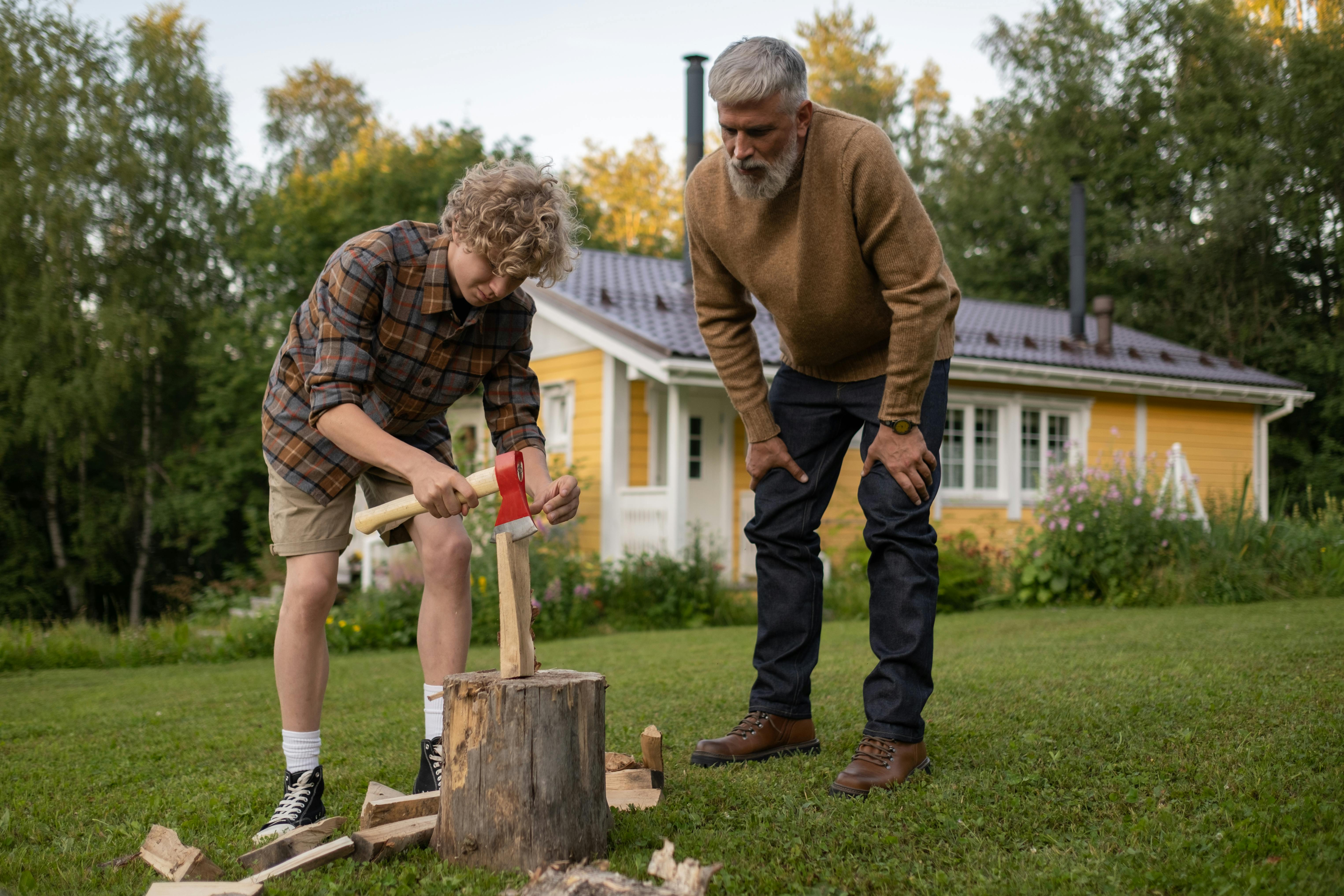Intergenerational Co-Living: Bringing Together Students and Seniors Through Smart Matching

In an age where housing affordability and social isolation are growing concerns, intergenerational co-living is emerging as an innovative solution. Imagine a college student sharing a home with a senior citizen—one benefits from affordable rent and mentorship, the other gains companionship and help around the house. This is no longer a theoretical concept. With smart platforms like Easy Pairing, such arrangements are not just possible—they’re practical, scalable, and impactful.
Why Intergenerational Co-Living Matters
The value of co-living between generations lies in its mutual benefit. Seniors often live in underutilized homes, facing loneliness and sometimes struggling with daily tasks. On the other hand, students face housing shortages and skyrocketing rent prices near universities. Bridging this gap not only creates affordable housing but fosters meaningful connections across age groups.

Smart Matching Makes the Difference
Historically, intergenerational housing programs have relied on basic applications and human judgement. But those approaches can miss deeper compatibility signals. That’s where Easy Pairing steps in, using intelligent matching algorithms to pair students and seniors based on values, habits, communication styles, and lifestyle preferences.
For example, some seniors may prefer quiet environments, early mornings, and shared meals—while others enjoy active routines and engaging conversations. Similarly, students differ in study schedules, social preferences, and expectations around privacy. Matching based on these deeper compatibility layers increases the likelihood of a positive, long-term living arrangement.
Custom Questionnaires Tailored to Real Life
Easy Pairing allows both students and seniors to fill out detailed but intuitive questionnaires. These go beyond simple demographics and dive into lifestyle alignment. From meal preferences and bedtime routines to pet tolerance and communication styles, the questions are tailored to ensure strong matches from day one.
This helps avoid common conflicts and supports a smoother co-living transition—making the arrangement feel more like a meaningful partnership than just a rental agreement.
Building Stronger Communities, One Match at a Time
Intergenerational co-living does more than solve housing needs. It fosters empathy, bridges generational gaps, and builds community resilience. Students gain a mentor figure and a supportive living environment. Seniors benefit from companionship, increased activity, and often, a renewed sense of purpose.

By using Easy Pairing to facilitate these matches, organizations and housing programs can scale their impact without overwhelming staff. The platform streamlines the process while maintaining a high standard of personalized compatibility.
Looking Ahead: A Scalable, Sustainable Solution
As cities and universities look for sustainable ways to house diverse populations, intergenerational co-living will likely grow in popularity. With the right technology, the model can be adapted across cultures and communities—creating lasting bonds and cost-effective housing at the same time.
Easy Pairing is at the forefront of this movement, making it easier than ever to connect people meaningfully, regardless of age. With smart data, customizable matching criteria, and an intuitive user interface, it brings the future of co-living into the present.

Conclusion
Intergenerational co-living offers a fresh take on solving real-world challenges. When powered by smart tools like Easy Pairing, this model becomes more than just a trend—it becomes a thoughtful, human-centered approach to community and connection.